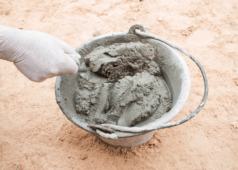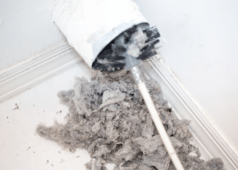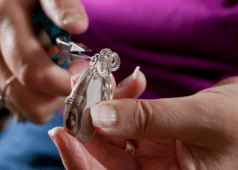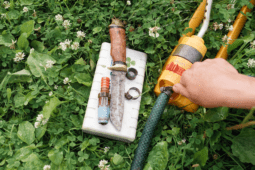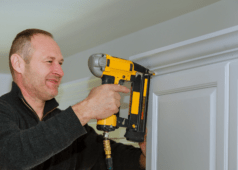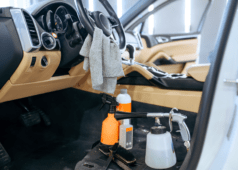How to Scrap Metal to Earn a Profit
That rusting pile of metal behind the house is an eyesore, but it can be a lucrative eyesore if you play your cards right. Scrapping metal is a good one to bring in a little extra cash while cleaning up the property. Knowing the basics of how to scrap metal is all you need before you start collecting metals to your heart’s content.
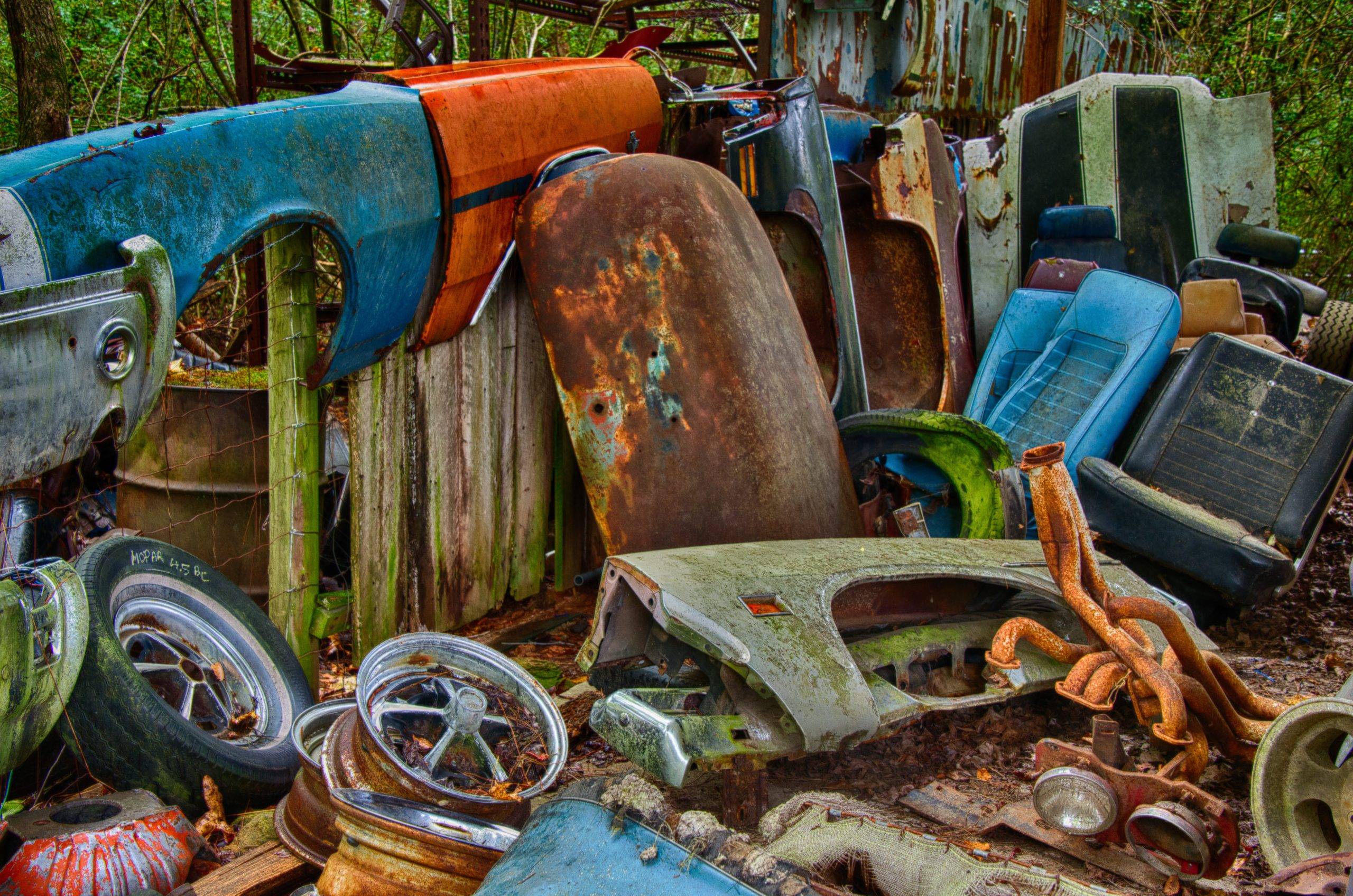
Ferrous Vs. Non-Ferrous Metals
When scrapping metal, you need to know that not all metal is worth the same. Metal prices are also volatile. They roughly follow the rise and fall of petroleum prices, but with a delay.
Ferrous metals are metals that contain iron, and they’re much easier to get your hands on. Most household appliances like a washing machine or a refrigerator contain ferrous metals such as stainless steel so they’d fetch a quick buck if you were doing a renovation and wanted to scrap old units.
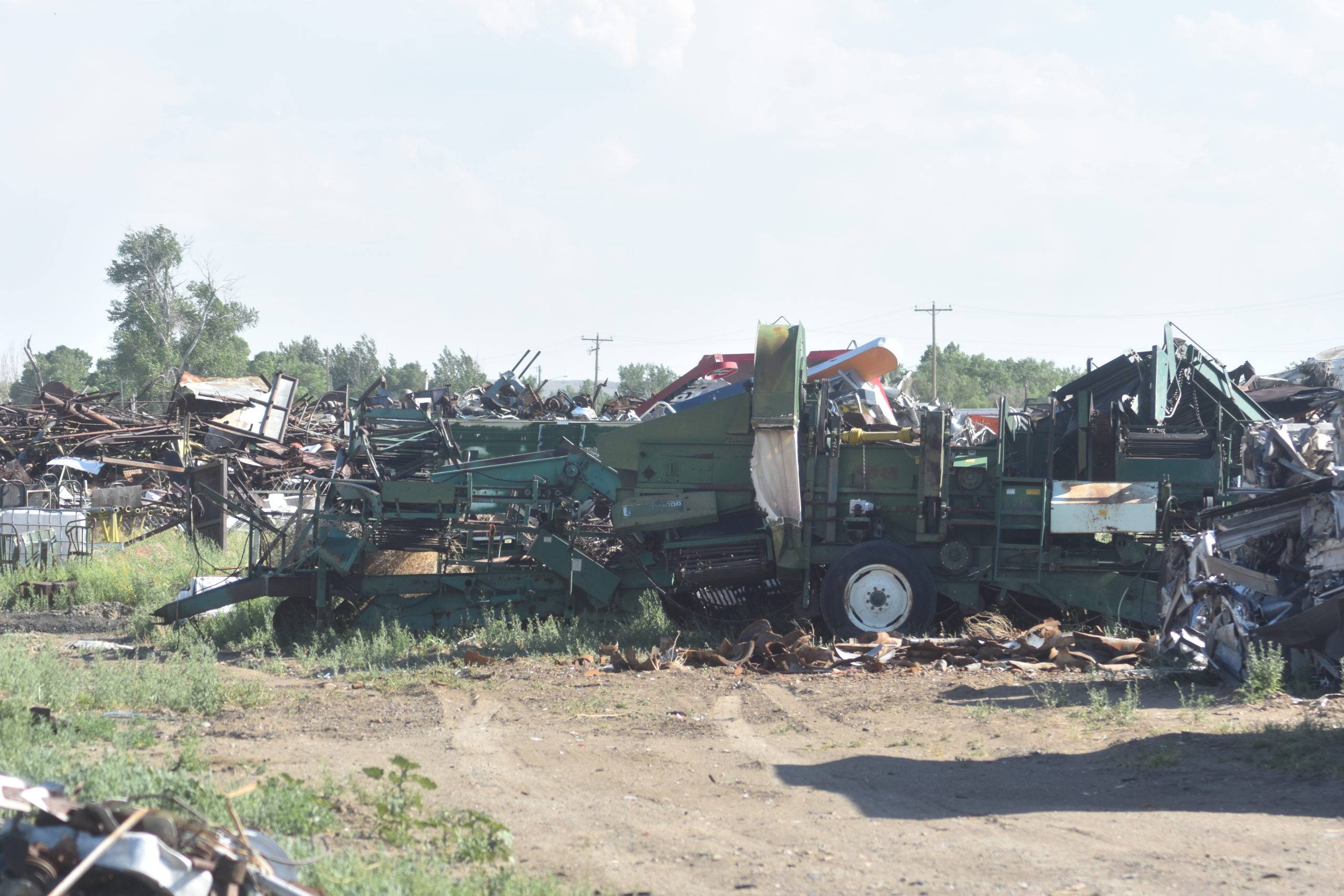
Non-ferrous metals are harder to find but come with a higher reward. The main types of non-ferrous metals to be searching for are aluminum, brass, or copper. Brass can be found in castings or pipe fittings. If you can identify brass, you’ll be able to earn a decent amount.
Copper is the highest-priced scrap metal on the market, with prices fluctuating between $2.50 and $4.00 a pound over the last year. Copper plumbing or copper electric wiring is often the first thing to be stripped from a vacant home because it’s that valuable. One caveat on copper plumbing is that many valves and other control fixtures are made of brass, so you likely won’t be bringing in just copper.
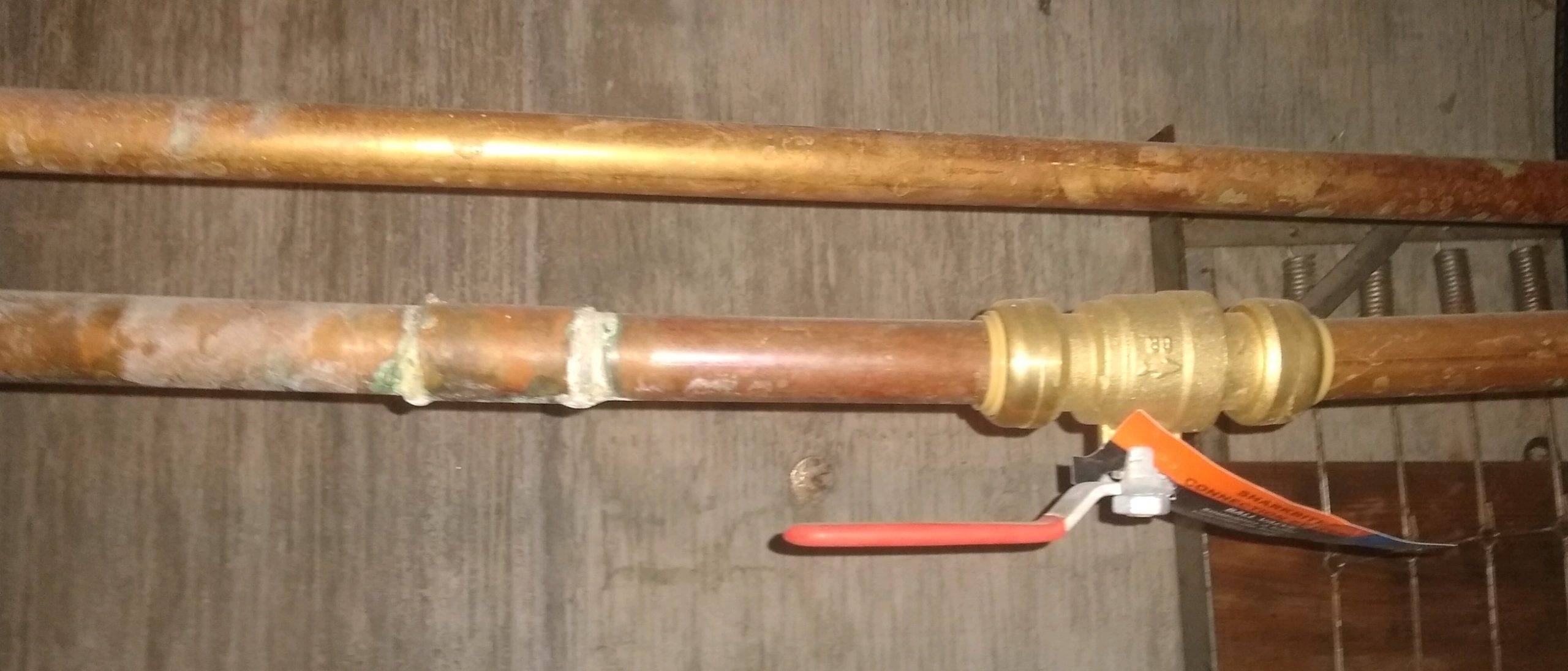
The other valuable metal you may find on your property is aluminum. Heavy-gauge aluminum wires are common in homes and shops, but the biggest source of aluminum is usually agricultural irrigation pipe.
Over the years irrigation pipe can be damaged and is often just tossed aside into a pile. That pile is valuable. Aluminum averaged around 75 cents a pound over the last year. A 30-foot section of bent 10” aluminum pipe can weigh 40 pounds, which means $30 extra in your pocket for hauling it in.
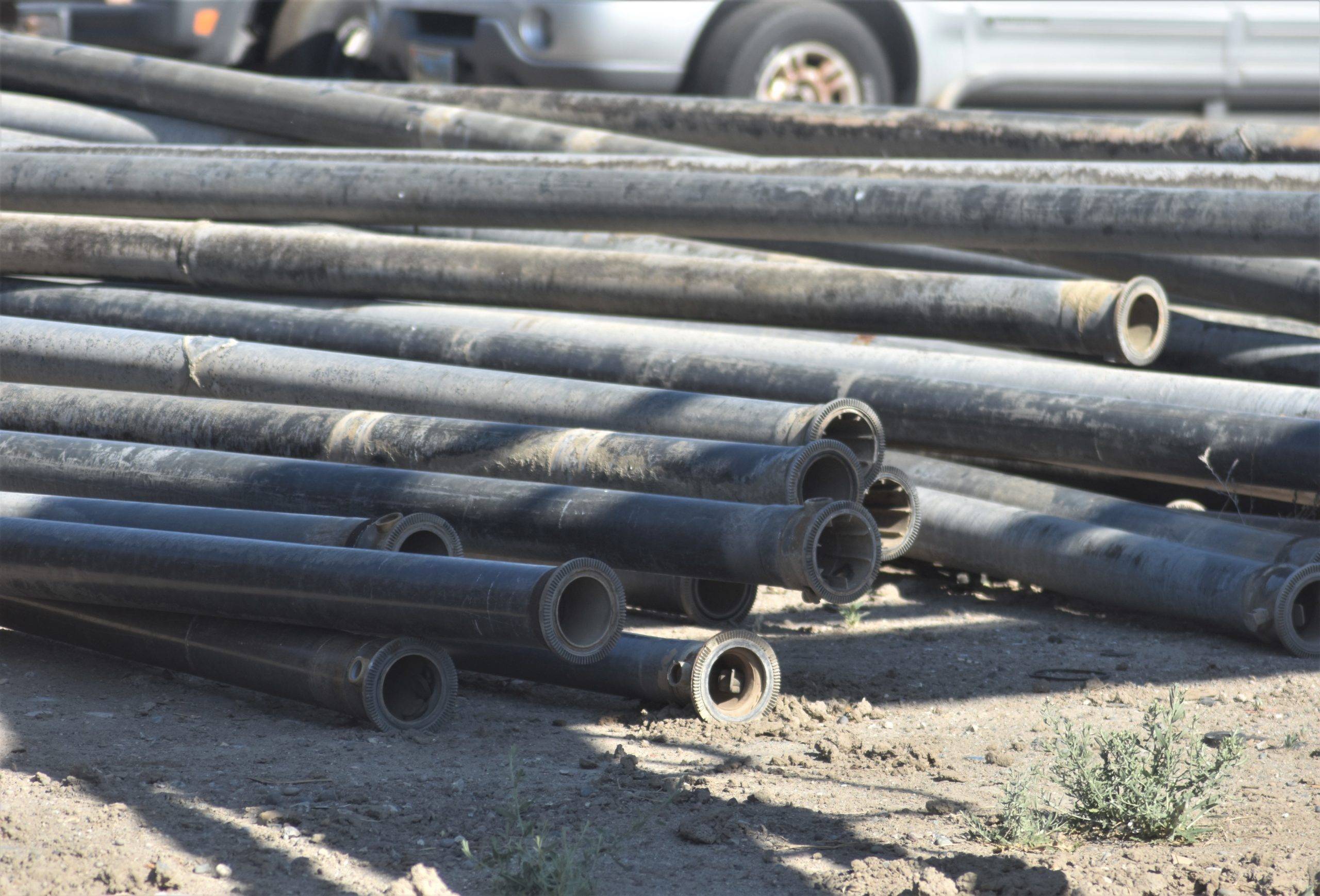
What Counts as ‘Scrap Metal’
If you have a pile of old wire, a commercial recycling center will be glad to buy it, and they’ll even calculate a fair price without you having to remove the plastic sheathing from around the wire. They’ll take plumbing fixtures as well.
By far the largest source of scrap metal comes from old cars. Scrap metal prices for vehicles are calculated by the pound. Cars vary greatly in weight, but at an average of five cents per pound, you have a lot of ready cash if you can get them to the recycle yard.
A compact car weighs about 3,000 pounds, a mid-size 4,000, and pickup trucks range from 5,000 to 8,000 pounds.
The recycling center will deduct a little for the tires, but you can sell them elsewhere too. If the tires have good remaining tread, you can advertise them on social media and net a good profit by selling the tires and rims as one package.
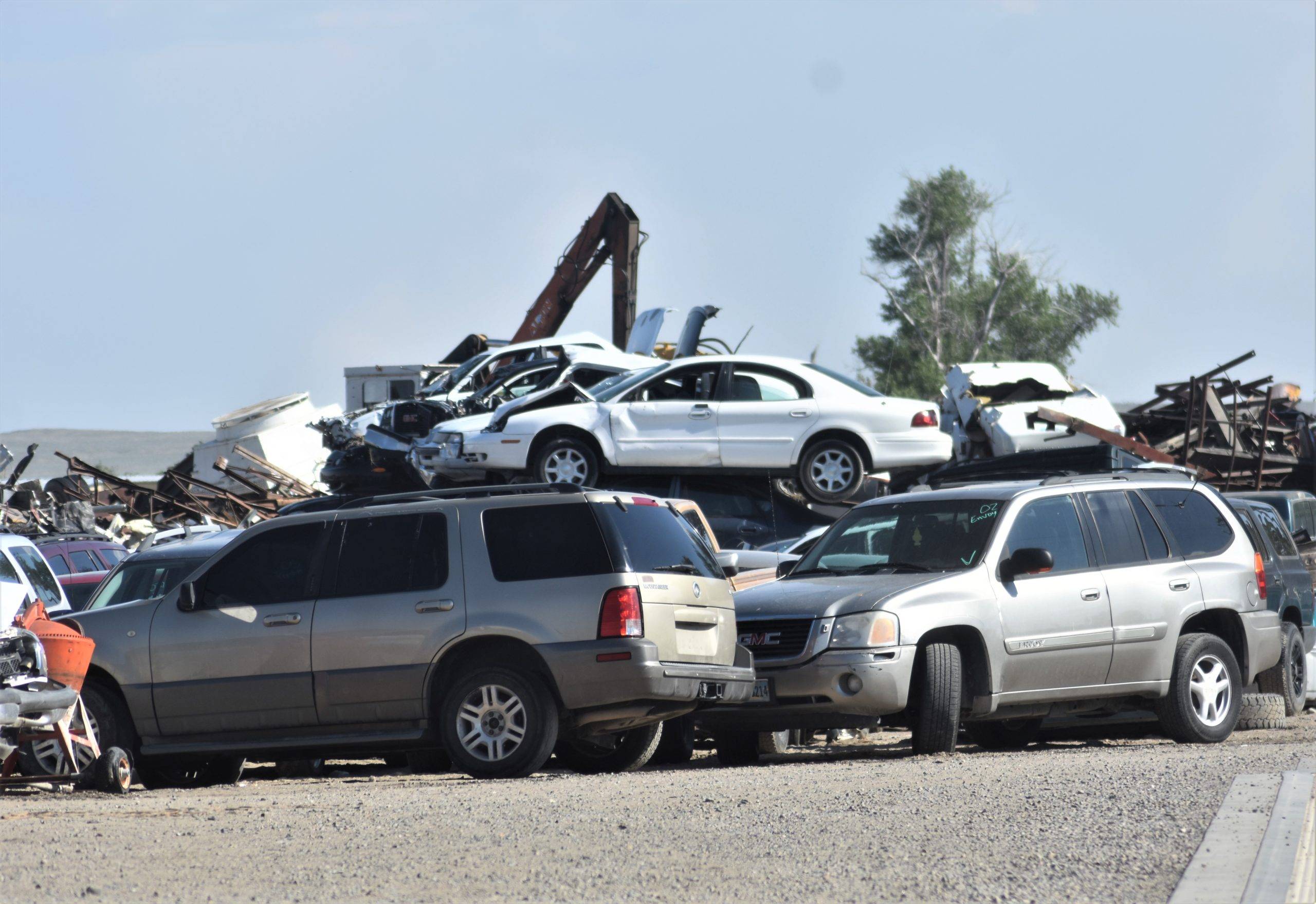
Searching for Scraps
While you have a built-in source of scrap metal when you’re doing a big renovation or project and replacing appliances or wiring, you can also go hunting for free scrap. This is where ‘one man’s trash is another man’s treasure,’ really rings true. Next time you’re driving through your neighborhood and see someone’s old air conditioning unit sitting by the curb, don’t just keep driving! Finders keepers, you can snatch that up and take it down to the recycling center.
You can also outright ask people you know if they have any scrap metal lying around. If you have neighbors who need metal removed, odds are they’ll be happy to let you take it rather than having to deal with it themselves!
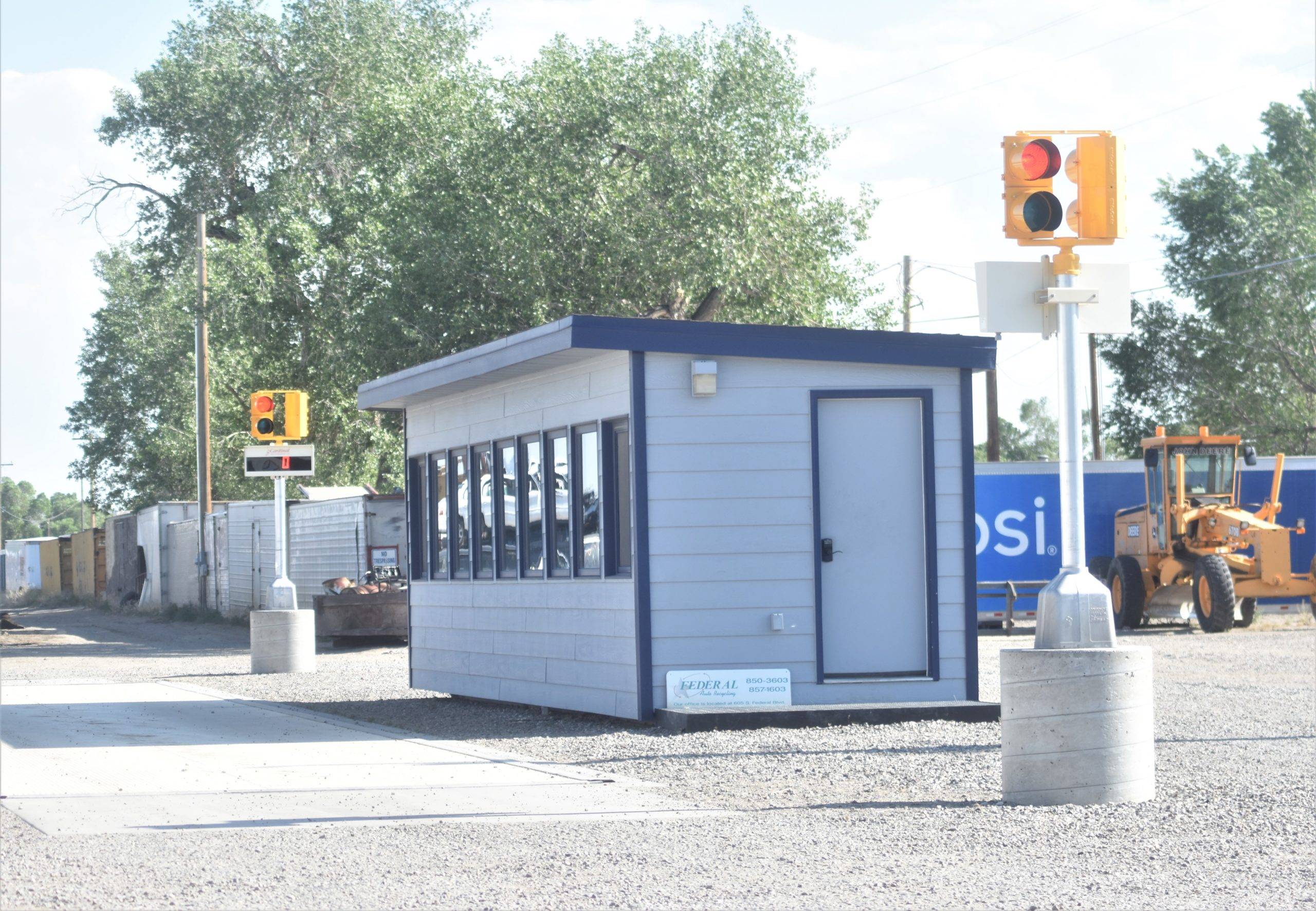
Selling the Scrap Metal
Getting the metal to the recycling center is where your work begins. Small amounts of metal are easy to toss into the back of a pickup truck, or onto a trailer. When they’re loaded, make sure to tie the load down with straps, otherwise, you might get a fine for an unstable load.
When you pull into the recycling center, check in, they’ll give you a ticket and tell you to move to the scale. They’ll weigh your vehicle loaded, then weigh it after it’s unloaded, and you’ll get the tare—the difference—multiplied by five cents per pound for straight scrap.
The straight scrap scale is large enough to drive a semi-tractor/trailer on and is only accurate to +/- 20 pounds. The scale for aluminum and copper is much more accurate, down to eight ounces either way. You will have to unload and weigh the copper, aluminum, and brass by hand.
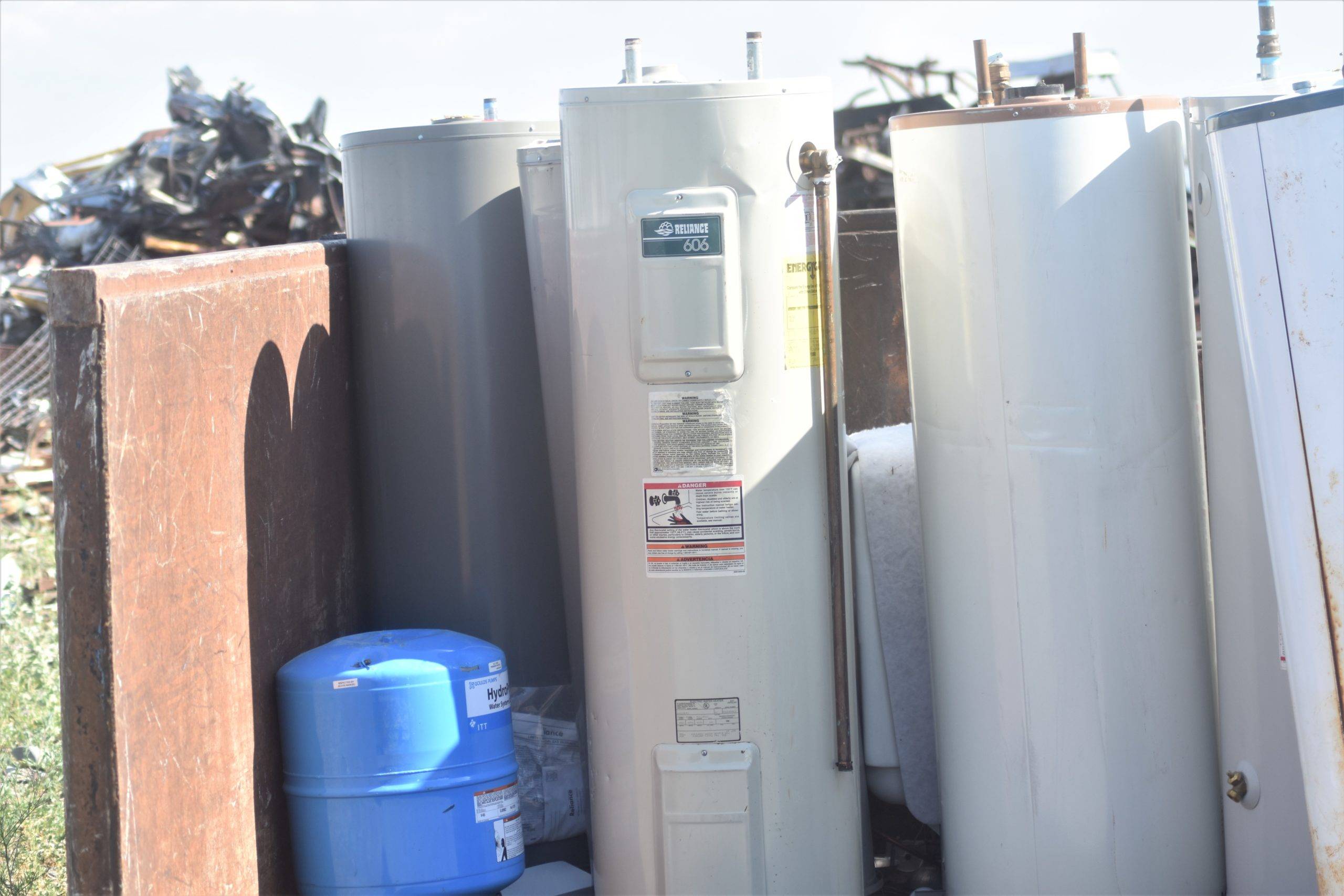
A few items require special handling. Hot water heaters are the most common with galvanized steel tanks. Any galvanized metal needs to be separated since it can produce cyanide gas when they’re being cut.
Once you’re finished unloading and weighing it all, wait a few minutes and they’ll either write you a check or pay you in cash on the spot. Not a bad day’s work and your yard will look so much better!

